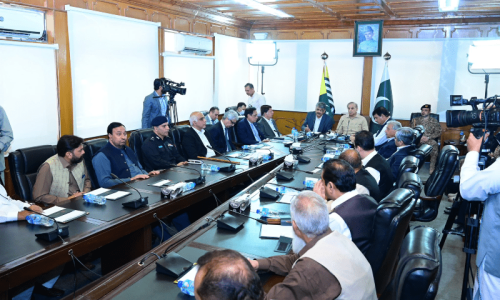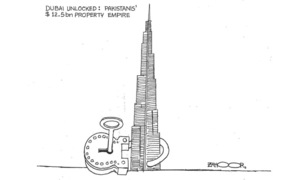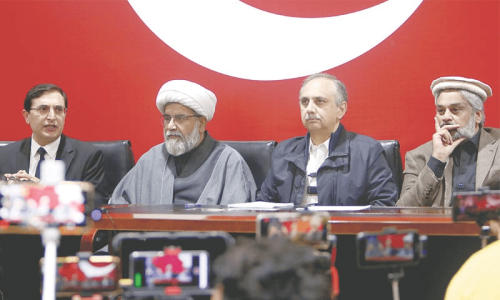NEW DELHI: Indian Railways said on Monday it had ordered an investigation after a runaway freight train loaded with gravel travelled 70 kilometres (43 miles) without a driver.
Around 50 carriages set off solo, careering from the northern state of Jammu and Kashmir to Punjab, before being brought to a halt by wooden blocks placed on the tracks on Sunday.
“We have ordered an inquiry,” Northern Railways spokesman Deepak Kumar said, adding that no one was hurt in the incident.
The train, running at 100 kilometres per hour, was captured in a video that went viral on social media.
The incident happened after the train stopped at a railway station in Jammu for a crew change, local media reports said. But it began moving down a slope after the driver and his assistant got off. All road crossings on the route were closed to prevent accidents.
The incident is the latest to hit India’s creaking rail network, which carries millions of passengers each day.
However, India has invested huge sums of money to upgrade the network with modern stations and electronic signalling systems.
Published in Dawn, February 27th, 2024














































Dear visitor, the comments section is undergoing an overhaul and will return soon.